Why Tartans have Different Shades and Pattern?
Tartan design acquired a national significance not only in Scotland but universally, it’s made up of crisscrossed horizontal and vertical bands or threads of colors whose variations are symbolic of the various different clans that have historically made up for the Scottish people. Tartan originated in the Highlands and it makes each individual tartan pattern some extent of pride for Scots as a united national heritage.
History Of Tartan
Tartan has an ancient history. It had been this way from the 17th century until the+ mid-19th century when many patterns were created to be associated with Scottish clans and families. The earliest known tartan in Scotland is usually dated to the third or fourth century AD. In other parts of the earth, tartan cloth has been found dating to approximately 3000 BC. Originally, tartan designs had no names, no symbolic meanings and tartan cloth was handwoven and typically supplied locally. Today, it’s estimated that there are nearly 7,000 different tartans that exist, with around 150 new ones created annually.
MODERN, ANCIENT, HUNTING, WEATHERED, MUTED..
WHAT’S THE DIFFERENCE
When I talked to people that are unfamiliar with the color variations available for a given pattern someone told that; ‘The Scottish Tartan Pattern is split into three types which are, the “ancient one”, the “modern one” and a “muted one” when actually they’re all one and therefore the same tartan!”
MODERN TARTAN
Modern Tartan are darker, bolder and more during a vivid shade. Ancient and Modern designs tend to share an equivalent sett but the reds are bolder, blues appear navy, and greens are greener.
ANCIENT TARTAN
In Ancient Tartan it’s lighter and softer shades that are more easily seen like greens and blues are smooth & red appears more orange.
MUTED TARTAN
Muted Tartan is slightly different from Modern, for instance in Muted green colour looks more like green. Colours utilized in tartan have a selected meaning and it’s purely a contemporary one.
WEATHERED TARTAN
The main difference with the reproduction shades of Weathered Tartan is that the blues become slate blue, black a less intense charcoal black, red a deeper shade and green a sort of kakhi. Men wear kilts day and night to shield themselves from harsh weather conditions.
Tartan Colors
Colours used in tartan have a specific meaning and it is purely a modern one. The Tartan Colors were extracted mainly from dye produced by the plants, roots, berries and trees local to a specific geographic area. The pattern bisect horizontal and vertical bands in multiple colours.
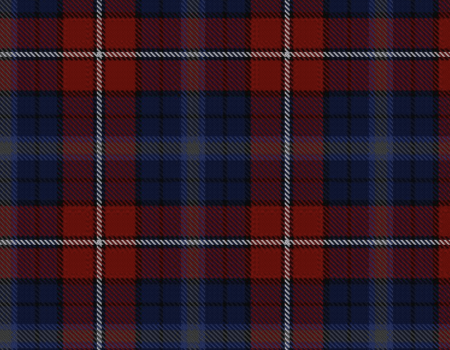
There are two modern tartans, Galway and the Galway County Crest Range.The latter was designed using the county arms colors. You can choose any Irish County, and we’ll make you a custom Kilt out of fine, pure new wool and acrylic, whatever you like the most. You can choose from our given list.
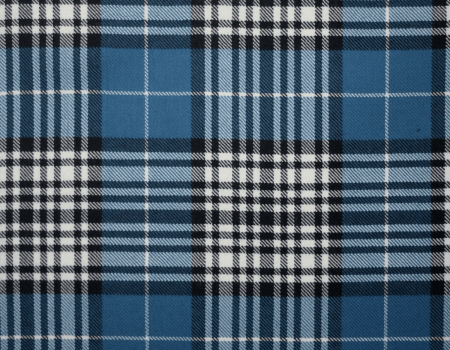
Napiers tartan kilt have a long and ancient history and are descended, through the Earls of Lennox, from the Celtic royal families of Scotland and Ireland. According to the tradition preserved in the family, the surname Napier comes from an early battle between Scots and the Danes.
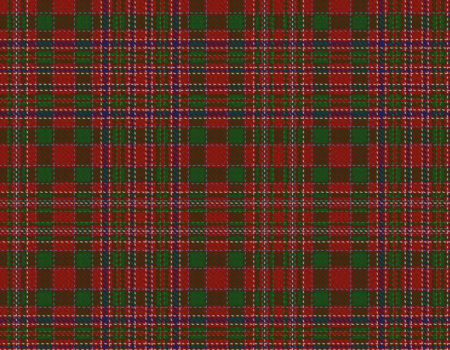
There are two candidates for which Alasdair it was and both left behind many male heirs. The person most often described as progenitor to the clan is Alasdair Mor but we can’t be sure. The available colors in MacAlister tartans are red, forest green and royal blue. We offer a wide range of MacAlister modern tartans.
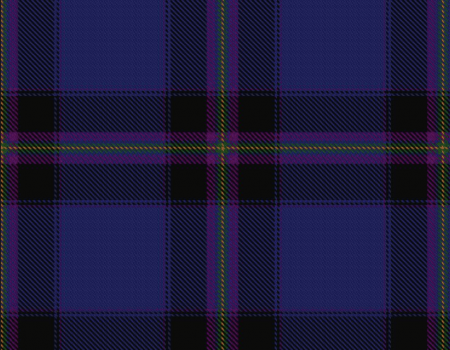
The experts were of the opinion that the substance may have been designed and woven by Ulster Scots Tartan, who were known to be weaving tartan at that time the discovered stuff belongs to. Except Ulster tartan, the rests of Irish tartans were invented in 20th century or even more later then that, originating no earlier than the1960’s.
Plaid Pattern
The registration and naming of official Plaid Pattern began in April of 1815. Many of the people during that time had no idea what their tartan might be or what it meant but were ready to comply with the registration. Today, the tartan and “clan tartan” is a crucial part of a Scottish clan. Most Scottish clans will have many different tartans correlated with their name, and several clans even have official tartan patterns. More tartans can be created and added to the list of clan tartans, but they must be approved by the clan chief, and the Lord Lyon King of Arms, and then finally the Advisory Committee on Tartan. Other tartans are available that have no correlation to Scottish clans.
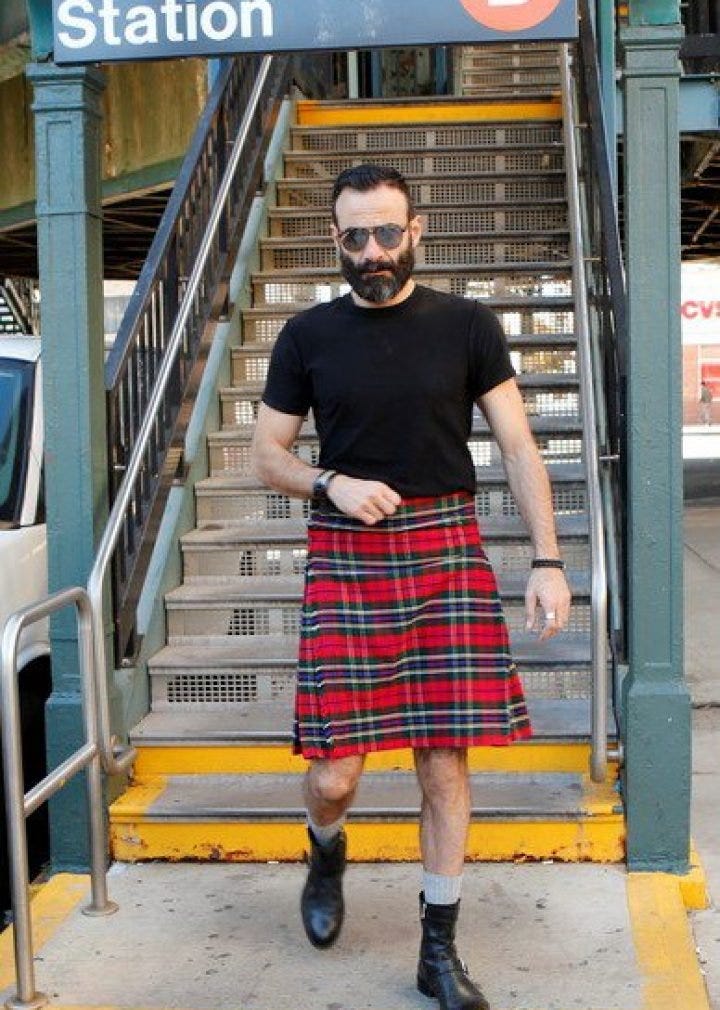
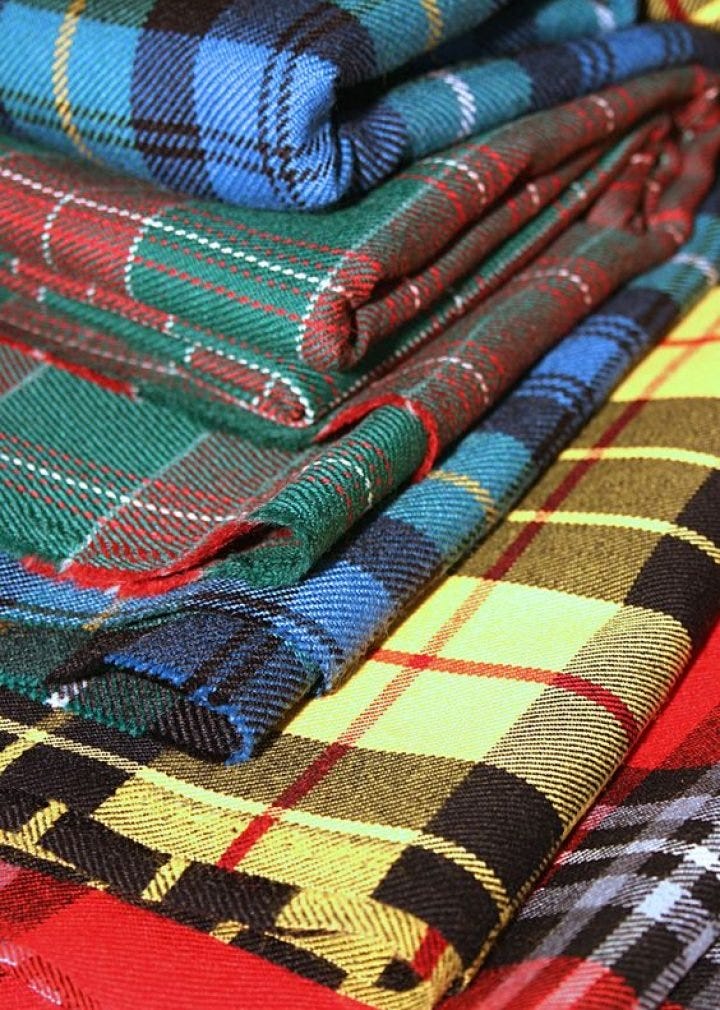
TARTAN | SYMBOL OF THE CLAN
There are tartans for families or individuals are people who are linked with one’s family background and are worn by the clan’s members also as their benefactors. If someone features a Scottish surname then there’s probably a tartan related to this name too. as an example, Royal Stewart Tartan is strictly connected to the royalty which may be a very large sett and it’s divided by four which explains the odd-numbered that thread counts where blue bordering the red blocks is usually shown as azure during which the registrant of such tartan could also be expected to possess a variety of individuals there upon surname that log off on the planning, as evidence that they approve of the registration for his or her such tartan.
Clan Tartan :
There are Clan Tartans for families, individuals, districts, corporations, institutions, ethnic groups and commemorative tartans for various events throughout history. fabric Tartans has a long history with the military, especially with the Commonwealth, thereby affording many military units tartan dress uniforms.
Some popular Clan Tartan By Scottish Kilt
Blackwatch Tartan & Tartan Kilt
Black Watch Tartan Kilt is a subtle,made from breathable acrylic wool, understated kilt whose colors make it perfect for discreet nighttime wear. Because it is great for any occasion, this means it also looks striking with any number of tops you choose to wear it with. The Black Watch Tartan Kilt is composed of two colors: stark black and a deep forest green shade. These colors run alongside each other in traditional tartan style. On the side of the kilt is a striking knife pleat that delivers extra comfort and style to your look. Fastening this kilt onto your waist is as simple as employing the use of the handsome and adjustable black leather straps found on one side and completed with metal buckles that will never rust. Enjoy the ability to order the Black Watch Tartan Kilt to your exact liking right down to the finest detail. Your kilt is made to order after you have supplied your precise measurements.
Blackwatch Tartan Kilt & Outfit
Campbell Tartan Kilt
The Campbell Tartan Kilt is a beautiful blend of earthy colors. The muted, casual nature of this kilt makes it the perfect choice for wearing to daytime and nighttime events alike. The color scheme also allows it to match up with just about any top and shoes you could think of, making this a truly versatile addition to your wardrobe. The Campbell Tartan Kilt features prominent horizontal rows and columns separated by thick black stripes. The rows alternate between the flow of two light shades of blue and two shades of forest green colors that work as excellently together on this kilt as they do found in nature. On the side of the Campbell Tartan Kilt is gorgeous pleating that not only adds spaciousness to the kilt but adds dimension as well. Two black straps fasten the kilt around the waist with the help of dazzling metallic buckles. Get this kilt made to your precise specifications and measurements to ensure a properly fitting design.
Campbell Tartan Kilt & Outfit
There are even regional tartans that are officially recognized by governmental entities. In Canada, for instance, most territories and provinces have an official tartan, and the country itself boasts an official fabric Tartans as well. Many Canadian municipalities and counties also hold official tartans, as well as some of the states of the United States of America. Scotland has two local government councils with official tartans, too.
While the origins of the tartan remain unclear–some say, Asia, some say Europe–have become heavily recognized all throughout the world as testaments to Scotland and its rich culture. Even then, there has been a generation of tartans all over the world for different regions, peoples, institutions, or simply for use as a fashion trend.fabric Tartans aren’t going anywhere anytime soon, and are being updated constantly so that this stylish garment can continue to be worn for centuries to come.
Please do visit following link to browse our large collections of Tartan Skirts and Kilt Pattern and order one of your choice!
from Everyone's Blog Posts - Fashion Industry Network https://ift.tt/2Sj8Rzo


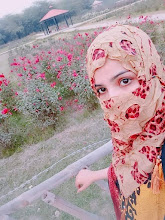
No comments: